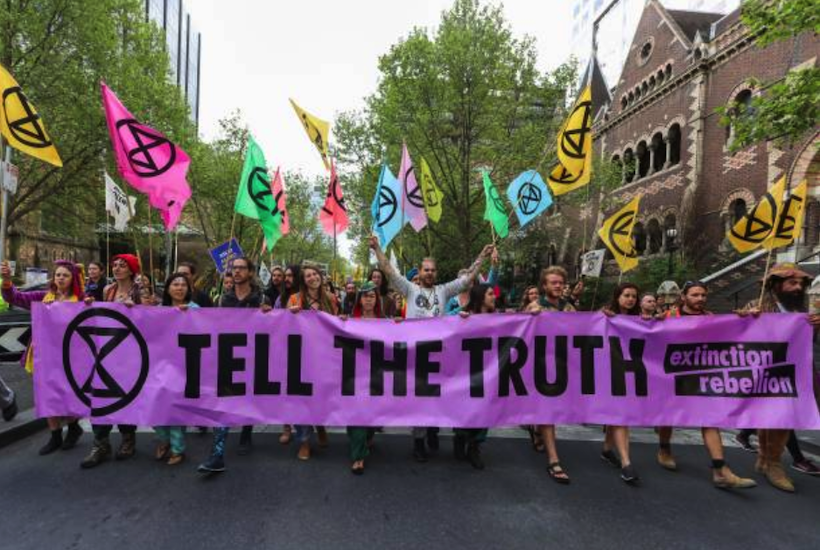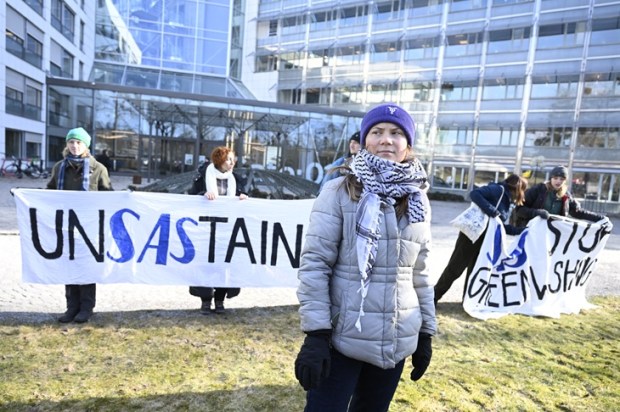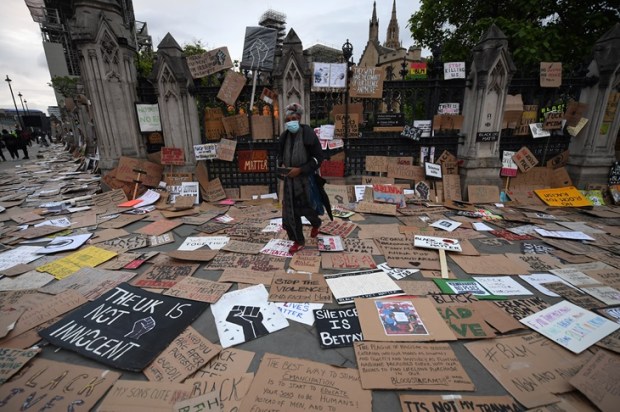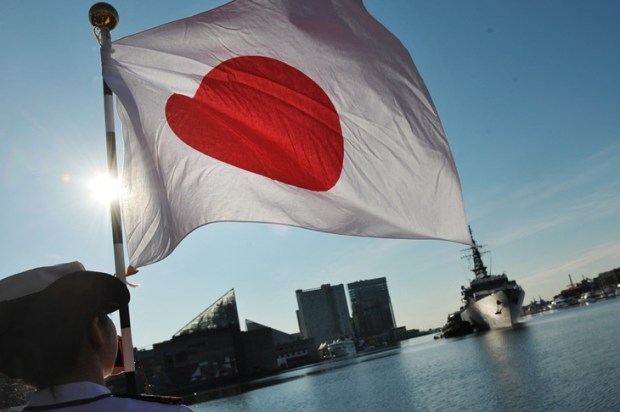It is somewhat ironic – though in some ways unsurprising – that at the time when the climate change activism (or, rather, according to the new guidelines, climate crisis or climate catastrophe activism) is reaching its shrillest heights yet, what with Saint Greta, Extinction Rebellion and widespread “climate anxiety”, the actual science the activists so noisily champion over the (“denialist”) belief is showing positive trends.
For example, the International Energy Agency has reported a few days ago that CO2 emissions have defied expectations by flatlining throughout 2019, even as the global economy continues to grow by almost 3 per cent. This is despite China, India and other developing countries burning fossil fuels like there’s no tomorrow (which coincidentally the activists believe there’s not). According to the IEA, it’s the developing economies that are picking up the slack, or rather putting down the slack; the overall emission stabilisation being
[P]rimarily due to declining emissions from electricity generation in advanced economies, thanks to the expanding role of renewable sources (mainly wind and solar), fuel switching from coal to natural gas, and higher nuclear power generation.
CO2 emissions declined by 2.9 per cent in the United States, five per cent in the European Union, and 4 per cent in Japan. All that was cancelled, however, as “Emissions in the rest of the world grew by close to 400 million tonnes in 2019, with almost 80 per cent of the increase coming from countries in Asia where coal-fired power generation continued to rise.”
As I mentioned before, maybe Greta should go on strike outside of a Chinese embassy instead.
In related news, the BBC reports on the death of the business as usual:
The worst-case scenario for emissions of CO2 this century is no longer plausible, say researchers.
Referred to as “business as usual”, the scenario assumes a 500 per cent increase in the use of coal, which is now considered unlikely.
Climate models suggest that this level of carbon could see warming of up to 6C by 2100, with severe impacts.
Researchers say that on current trends, a rise in temperatures of around 3C is far more likely.
The full story of the “business as usual” is quite fascinating:
About 10 years ago, ahead of the fifth assessment report from the Intergovernmental Panel on Climate Change (IPCC), researchers developed four different scenarios to describe how carbon emissions might change over the rest of this century.
One of these clumsily titled “Representative Concentration Pathways” (RCPs), was called RCP8.5 and it was intended to show the impact of very high emissions consistent with a five fold increase in the use of coal and virtually no policies to limit CO2 emissions.
RCP8.5 was first developed by energy researchers to help with their modelling. According to the authors of this paper, they didn’t do a good job of communicating the limitations of this approach to climate scientists who wanted to use it to see what would happen with temperatures.
Rather than being seen as something that only had a 3% chance of becoming reality, it became known as the “business-as-usual” scenario, by climate scientists and has been used in more than 2,000 research papers since.
“What we’re arguing is that we’ve been misusing the worst climate change scenario,” said author Zeke Hausfather, director of climate and energy at the Breakthrough Institute in California.
“Obviously, a lot has changed since 2005 or so when the scenario was created. A lot of clean technology prices have fallen, by factors of five, while global coal use peaked in 2013. And it’s been flat since then.”
“So what originally was a sort of worst-case (scenario) with less than 10 per cent chance of happening is today, exceedingly unlikely.”…
Very few scientists realised that RCP8.5 was originally a 90th percentile outcome, not a most likely or business-as-usual outcome. They assumed too much, when they should perhaps have checked, say the authors of the review.
It’s science, guys. Yes, you read that correctly: thousands of scientists — seeing that virtually all scientific papers are multi-authored — somehow didn’t realise that an extreme scenario — 500 per cent increase in carbon use with no mitigation strategies — that was deemed to have a three per cent chance of becoming true — or 97 per cent likelihood of not happening — somehow morphed into “business as usual” or something that will happen if the current trends continue.
Maybe, just maybe, there should be less emphasis on scaring kids to death and more on pointing out that human ingenuity and continuing technological progress have in the past and are more than likely in the future (I would say 97 per cent) to offer solutions to problems the world throws at us as well as those we ourselves create.
Arthur Chrenkoff blogs at The Daily Chrenk, where another version of this piece also appears.
Got something to add? Join the discussion and comment below.
Got something to add? Join the discussion and comment below.
Get 10 issues for just $10
Subscribe to The Spectator Australia today for the next 10 magazine issues, plus full online access, for just $10.


























Comments
Don't miss out
Join the conversation with other Spectator Australia readers. Subscribe to leave a comment.
SUBSCRIBEAlready a subscriber? Log in